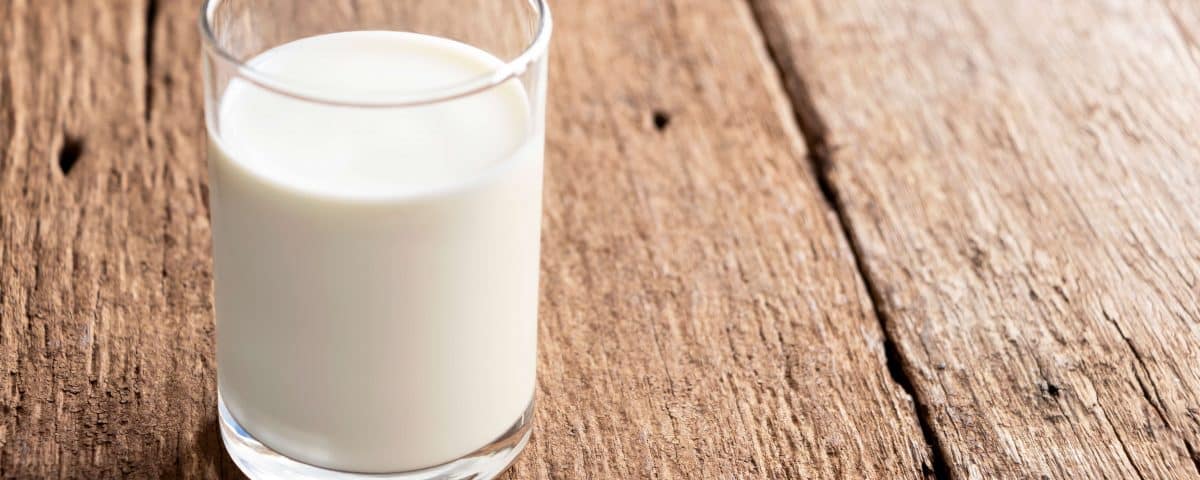
Psychomotor growth in children 1-3 years of age
September 30, 2020
Vitamin D and its importance for children
September 30, 2020What do you do when your child does not drink its milk?


How often does your child refuse to drink its milk, causing you to have legendary fights? If you change your strategy, you will make it with little resistance, because the truth is that milk brings a number of benefits and it is best if you insist for its consumption.
What does milk offer your child?
Milk contains high organic value proteins and it is also one of the richest sources of calcium for your body. But apart from this, milk also contains a plethora of macronutrients which you may have not heard about, such as phosphorus, potassium, magnesium, zinc, vitamin B12, riboflavin etc.
When combined with other inorganic elements, calcium helps in the growth of strong bones and teeth as well as their healthy maintenance. This is why the sufficient consumption of milk and dairy products during childhood and adolescence, which is another development stage, is particularly crucial in order to reach peak bone mass and prevent osteoporosis at older age stages. Indicatively, children must consume 2-3 servings of dairy products daily, where 1 serving corresponds to 1 glass of milk (250ml) or 1 slice of cheese (30g) or one cup of yogurt (200g).
How can you help your child consume milk more pleasantly?
- Ask yourself whether your child does not want milk at particular timings during the day. What happens very often is that its empty stomach cannot pleasantly “accept” certain foods during morning hours. Try including these foods in a different meal.
- Could it be that you are pouring too much milk in the glass? Let your child drink as much milk as they want from their glass without force or threats. The pressure of “having to empty the glass” very often leads to total refusal.
- The temperature of the milk may also be affecting your child’s behavior. Try all versions, hot or cold, and ask your child to choose how they like it best. It is also likely that their preference in the winter is different than the summer.
- The more your child watches you drink milk, the more likely it is that they will try to copy you. Do not forget that you set the best example for your child.
- Try to find out if milk causes bloating or gas to your child, since this is unpleasant and can definitely cause refusal. Try reducing the quantity of milk slightly, then seek advice from your pediatrician.
- Try to make the consumption of milk a bit more fun. You can choose a fancy colorful glass or different colors of straw to make the process more fun and attractive.
- You can also try the smoothie version. Milk with pieces of your child’s favorite fruit might turn it into a perhaps more attractive drink for each time of the day. Pay attention to the quantity of milk you are using for the smoothie: it should be a glass. A healthy choice is healthy when consumed at recommended quantities: more is not necessarily better.
- Avoid resorting to sugar. As mentioned, a tasty and sweet fruit will add extra nutrients in the already nutritious milk.
- Finally, do not forget to verbally reward your child each time they eat healthily and when they drink their milk, since they are making another step towards growing up at their maximum potential.
Indicative bibliography
-
- Institute of Preventive Medicine, Environmental and Occupational Health Prolepsis, Greek National Dietary Guidelines for Infants, Children and Adolescents
- https://www.choosemyplate.gov/dairy-nutrients-health

|
Siatitsa Evita MSc, Clinical Dietitian Nutritionist Scientific Associate at Horokopio University |
[/su_table]






